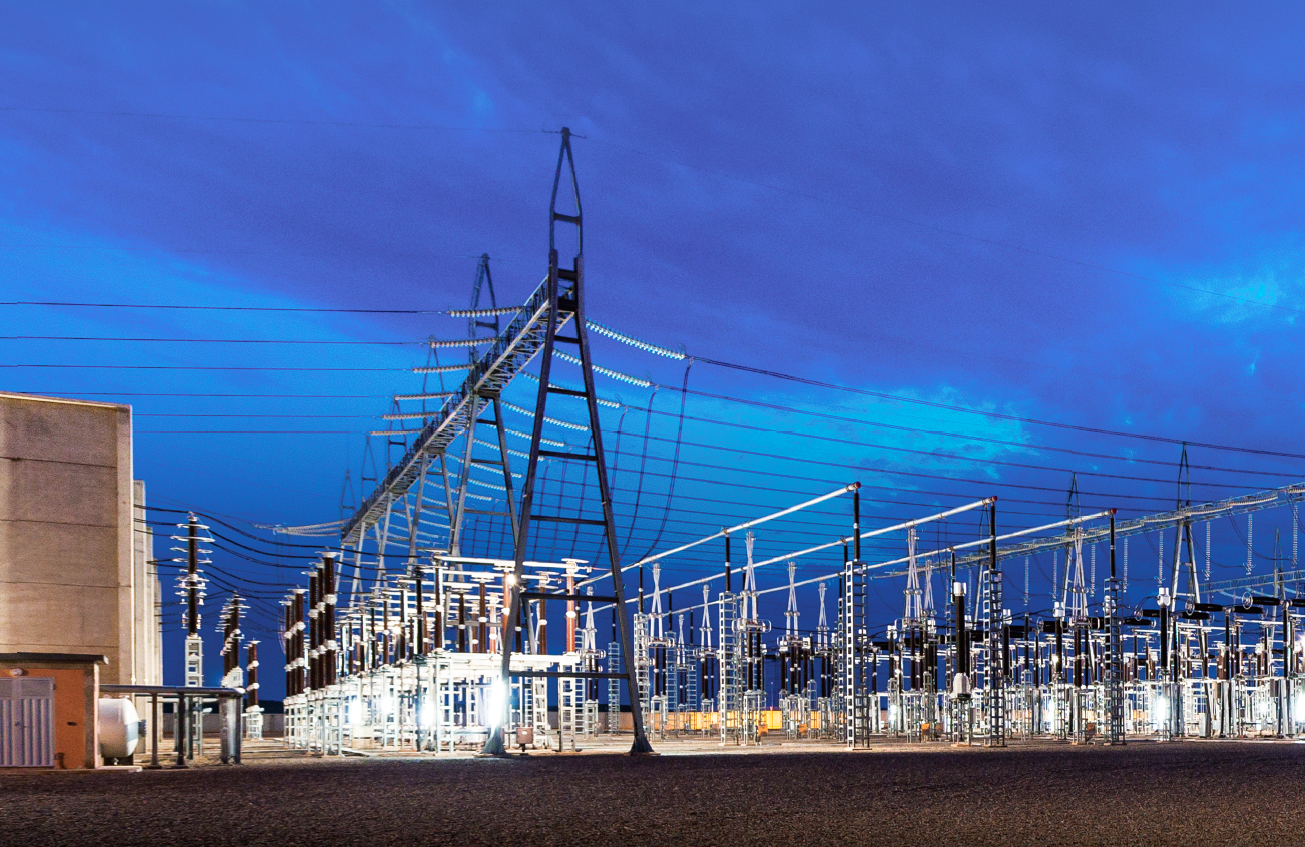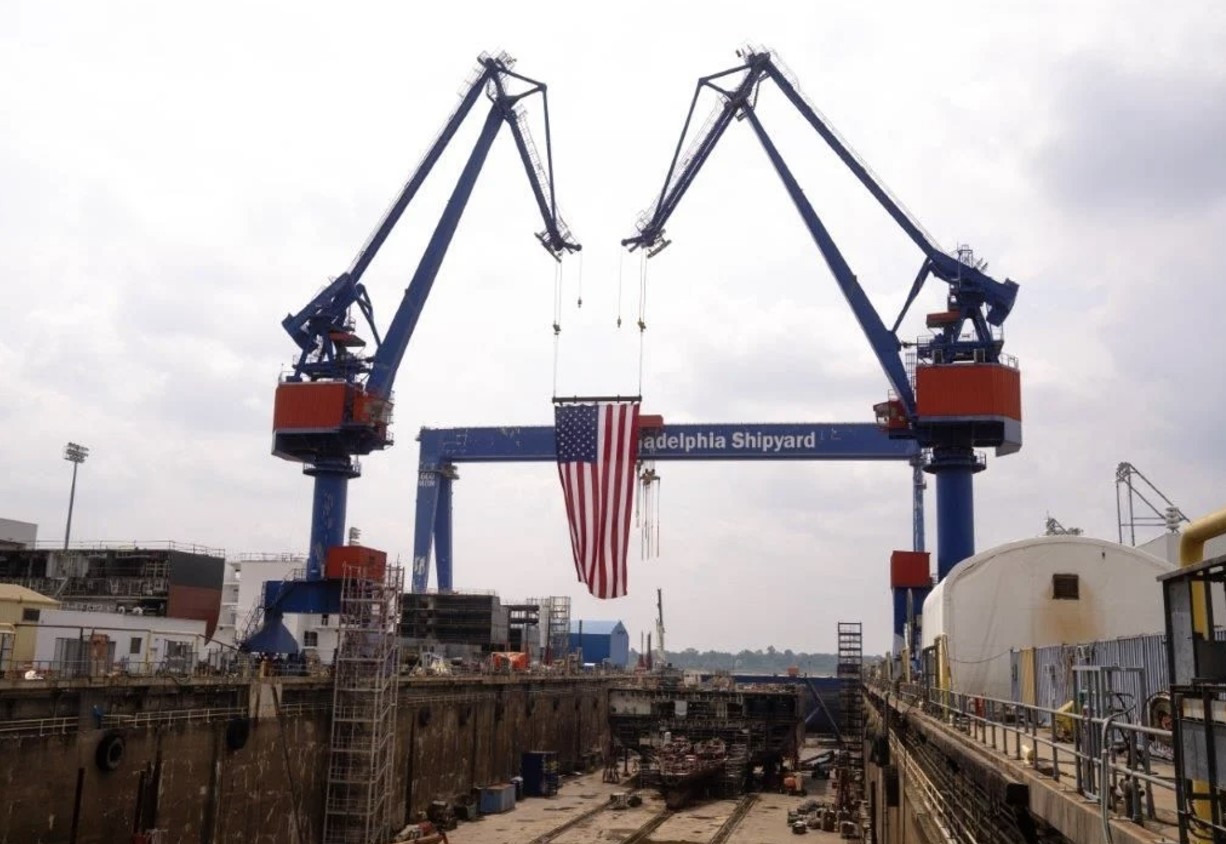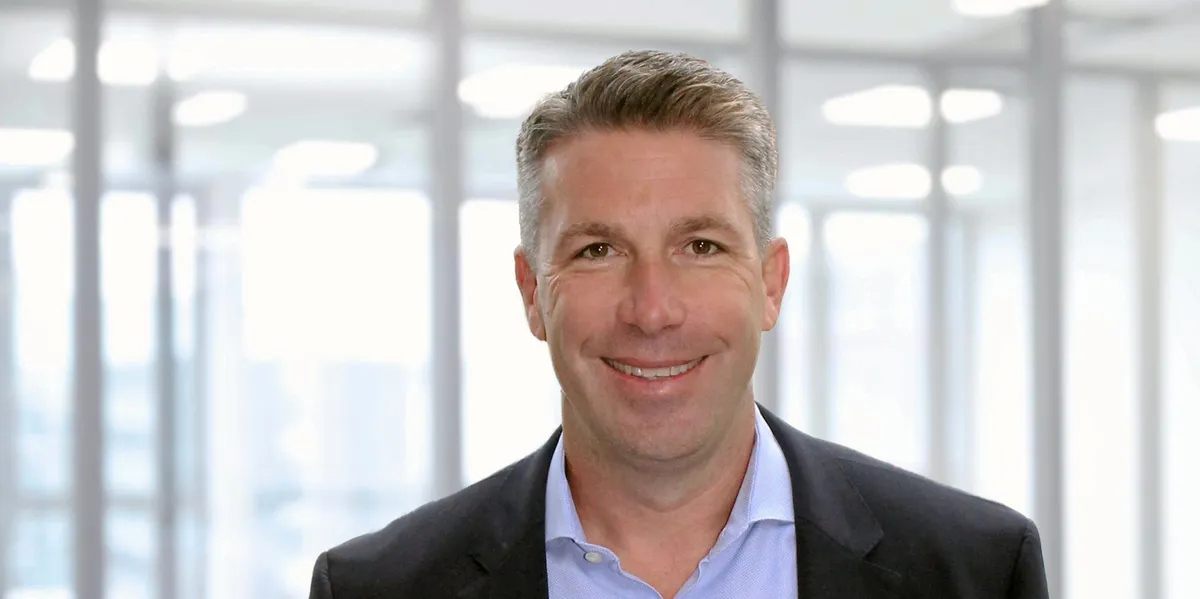
To say 2024 will be a transformative year for the energy transition is an understatement. For our company, it will be when GE Vernova takes the historic step to become an independent, standalone entity, with a purpose-built focus on both electrifying and decarbonizing the world.
For the broader global power sector, 2024 will be a year that further accelerates the progress made in this decade – with potential for true breakthroughs – to address the energy trilemma of sustainability, reliability and affordability.
These are big issues to tackle, but we have reason to be excited: while electricity demand is forecasted to grow more than 50 percent by 2040, we have the collective opportunity to dramatically reduce CO2 emissions from the power sector through increased renewables deployment, accelerated capture and abatement, and scaling of advanced technologies.
At the same time, we must develop a comprehensive energy transition that brings electricity to more than 770 million people without access to it, while we expand cleaner power and provide new economic opportunities around the globe.
The good part is that we’re the architects and the builders of much of this historic work, furthering the legacy Thomas Edison started 130 years ago. We’re embracing our role as the pioneers pushing the boundaries of technology and innovation and remain committed to shaping a sustainable future.
There is no doubt that challenges abound. But I am an optimist. Looking ahead to this year and beyond, there is reason for my enthusiasm. Here are just a few expected trends that GE Vernova will be watching closely and that stand to have outsized impact for the energy transition in the near- and long-term.
- Electrification demands intensify – bringing the grid, digital solutions, and AI, in focus: To grow resiliency and access – including for those 770 million people still without reliable electricity – the demands placed on aging grids will intensify. As demand increases, scaled deployment of renewables like wind and solar energy and dramatic expansion of electricity demands from transportation and industrial sectors are straining our existing infrastructure. For the energy transition to succeed, it must be built on a stronger, smarter, more modern grid. This will require new technologies like HVDC lines for the physical grid to work together with advances in AI-powered grid management systems, which are capable of real-time demand forecasting and dynamic routing that could revolutionize grid stability and efficiency. These advancements can and will afford breakthroughs in how we manage and deliver electricity, developing a true resilient and smart energy ecosystem.
- Renewables—and the associated supply chain and jobs—continue to expand: Thanks in part to more policy certainty and ongoing improvements across the industry, 2024 should continue to see expanded adoption of onshore wind around the globe. Along with onshore, we expect to see a trend toward more certainty and progress for offshore wind and the high-tech grid equipment needed to build out renewables. Along the way, we expect continued expansion of capital investments and new manufacturing jobs across the energy sector, and for GE Vernova at our facilities in places like Schenectady, NY and Pensacola, FL, where in 2023 we invested $70 million combined and hired more than 200 new workers.
- Hydrogen increasingly integrated into gas turbine technology: Hydrogen has a variety of potential uses in the energy sector. We are focusing our ongoing work – including advanced modeling and high fidelity testing – on how best to integrate hydrogen readiness into our gas turbines to help accelerate decarbonization efforts, with an eventual fuel switch capability to 100 percent by volume of hydrogen by the end of the decade. Gas turbines can achieve higher efficiency when burning hydrogen, resulting in increased power output while using less fuel, and optimizing resource and fuel costs. There is more work to do on infrastructure investments and material compatibility, but it is exciting to see this work get under way, and I am bullish on this technology.
- Small modular nuclear reactors hit key milestones toward deployment this decade: The nuclear industry is on the cusp of a breakout moment. We continue to see growing customer interest, specifically in SMRs, as more industries and grid operators are looking for cleaner, more reliable and highly flexible power sources. This is largely due to progress in areas like modularity, passive safety features, and fuel efficiency. These developments make SMRs an increasingly attractive source of zero emission energy. Hurdles remain as we make preparations to move our technology from the plans into the field, but segments of the energy and climate community are is clearly rallying behind the expanded role nuclear energy can play in the energy transition and the aim of net zero.
- Carbon capture and sequestration (CCS) advances through collaboration – CCS is a process that involves not only getting the technology right, but also infrastructure adoption and economic competitiveness. Technology advancements and potential economies of scale are on the horizon through growing efforts on industrial carbon capture hubs, in which GE Vernova plays a critical role. Perhaps most important is the growing recognition that to achieve net-zero emissions, CCS must be part of the solution. Like other efforts across the energy transition, this will require strong partnerships between governments and industry, which will accelerate innovation, development and deployment. So while CCS has a longer runway to commercialization and widescale adoption, we certainly feel it will play an important role in removing emissions from hard-to-abate industries where limited alternatives are available.
- Direct air capture (DAC) finds its footing – Pulling carbon from the air – the concept behind direct air capture — is increasingly real, thanks to advancements in materials, energy efficiency, and novel capture processes. DAC technology is still nascent, but making progress, with notable projects scheduled to come online in 2024. And some estimates are predicting a 40% cost reduction of projects by 2030, making the technology more commercially viable. So what was once a concept is now poised to be an impactful technology in decarbonization efforts.
The reality is that the work to both electrify and decarbonize the world is complex, dynamic and constantly changing, and these are just a few of the key technologies and issues that will impact the speed and success of the energy transition. We should also expect that innovations and technologies that are still on the lab bench, or that we haven’t even thought of yet, could play an important role. It is just another reason I am excited for the year ahead and beyond.








